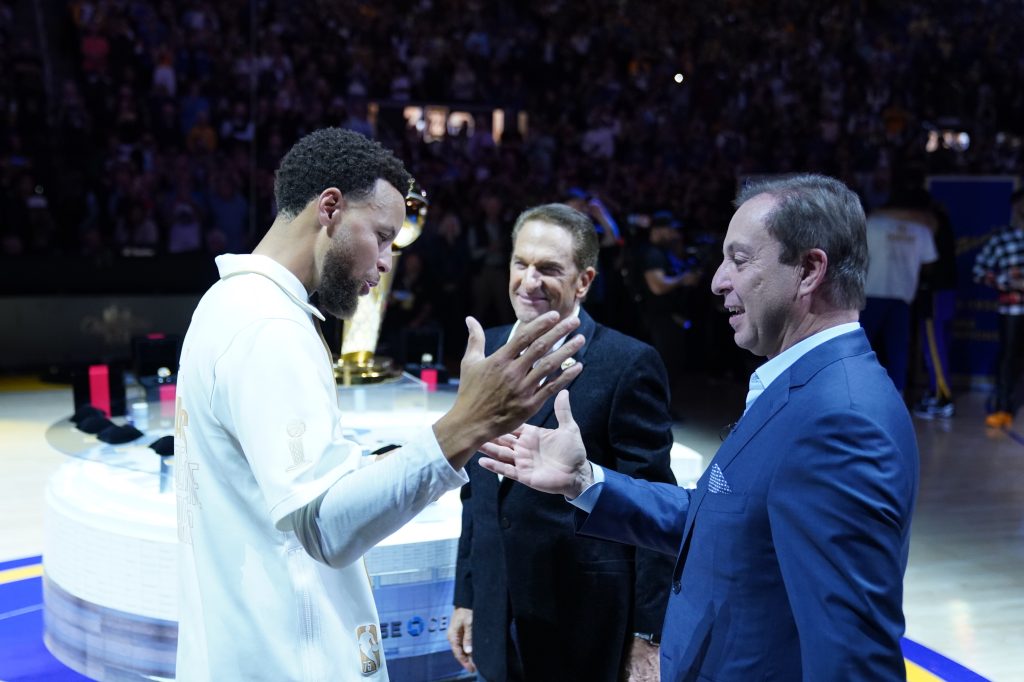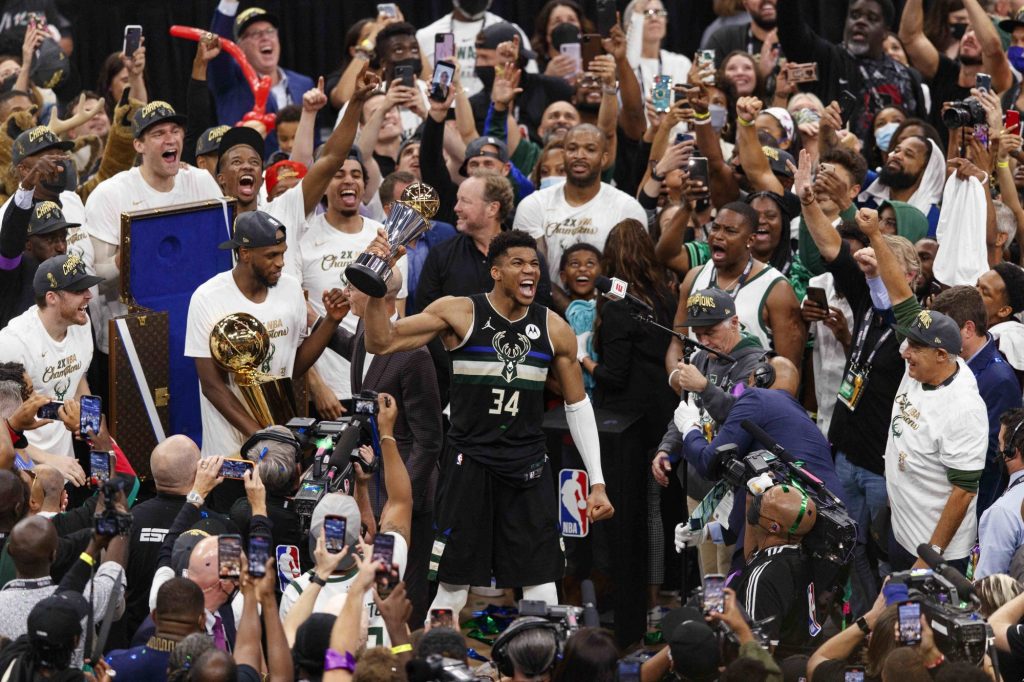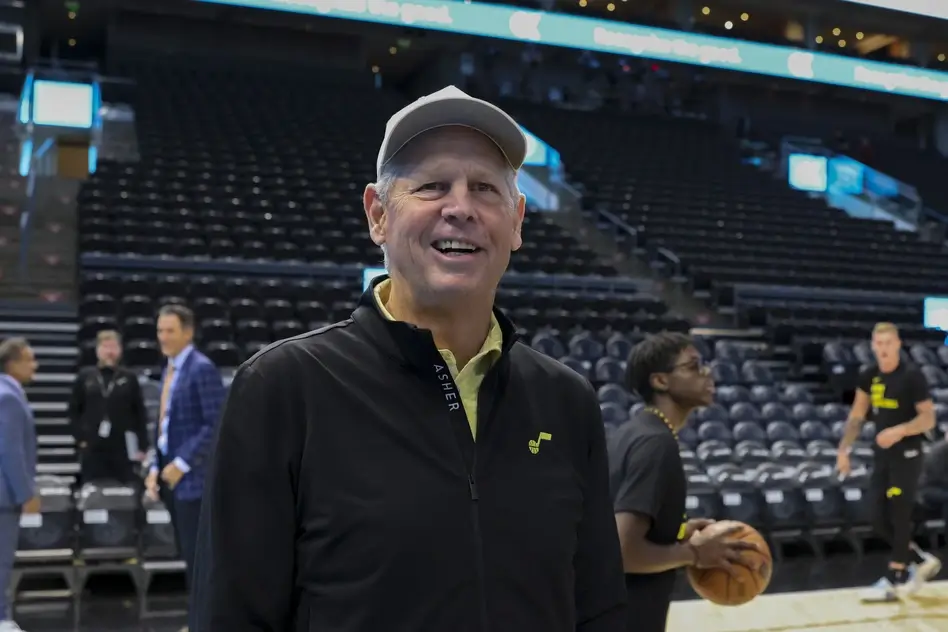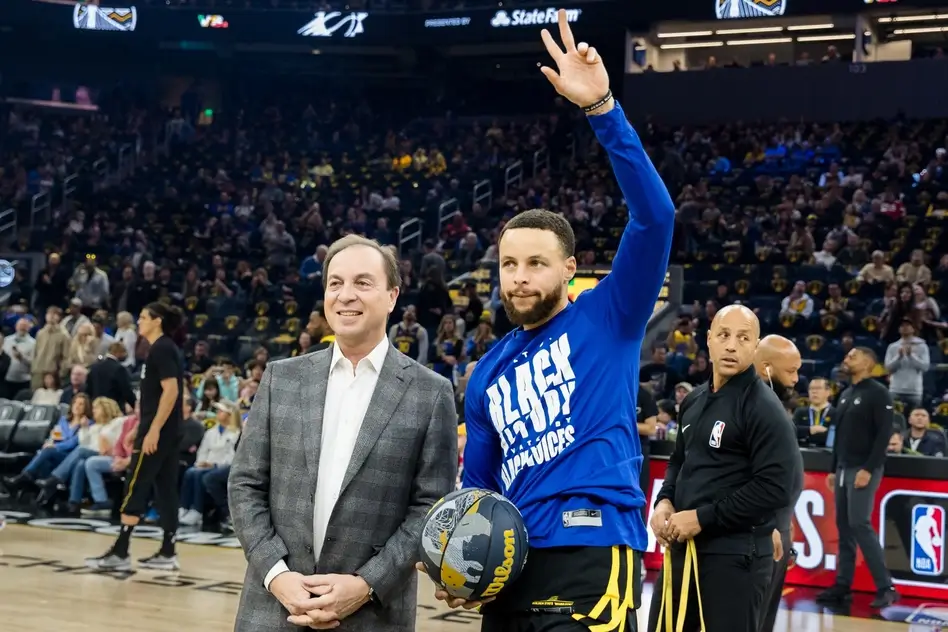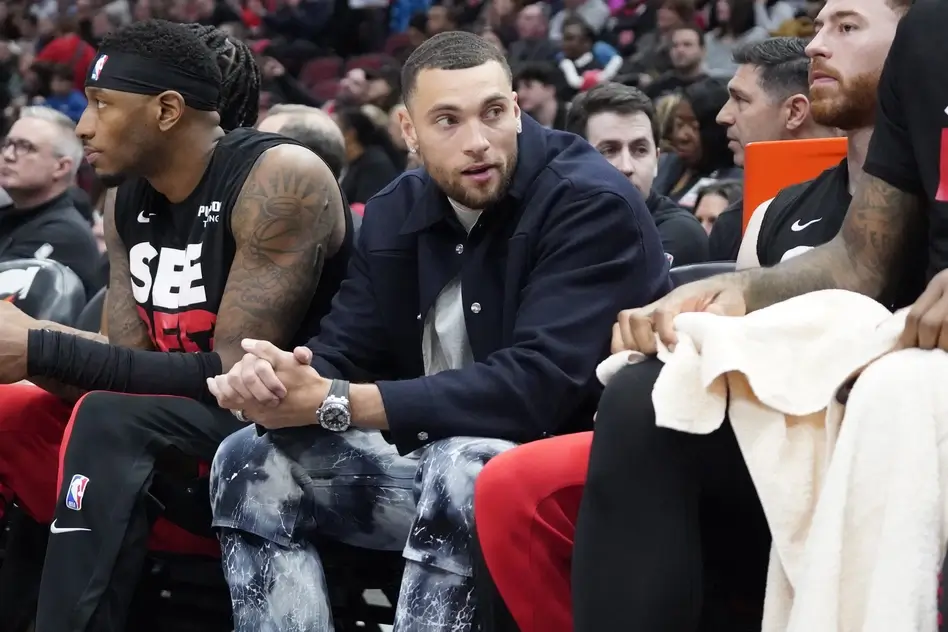This updated NBA luxury tax explained article explains why wealthy owners will have a hard time “buying a championship” under the new CBA. There are a lot of penalties that come for teams that go beyond the salary cap and luxury tax line.
NBA luxury tax explained
Salary cap, luxury tax, and tax apron limit owners with deep pockets from signing multiple superstars on lucrative contracts.
The salary cap is the amount of money that every team has available to spend on their roster. The salary cap is set to be $136 million in the upcoming 2023-24 season. Every team can maximize that amount to sign free agents and build a competitive roster.
Teams can’t be spending just $136 million a year for their roster, right? Clippers, Suns, and Warriors have multiple players whose salaries exceed the salary cap when combined. The owners of these franchises are well aware of this and are willing to pay the luxury tax to accommodate these players.
In this NBA luxury tax explained article, we’ll explain how the luxury tax works, what are its penalties, how it’s calculated, and many more.
How does the NBA luxury tax work?
The NBA luxury tax acts as a penalty for teams that spend way over their salary cap. The luxury tax line is set to be $165 million in the upcoming 2023-24 season. This system is a way for teams to discourage overspending. The more teams spend on their players, the higher they have to pay the luxury tax.
It’s no secret that rich teams would rather pay the NBA luxury tax to build and maintain a contending roster. After all, their owners have deep pockets to pay these financial penalties. According to Spotrac, the Warriors, Suns, Clippers, Heat, Celtics, Nuggets, Bucks, and Pelicans are currently paying the luxury tax. Most of these owners are some of the wealthiest owners in the NBA.
Meanwhile, other teams go over the salary cap of $136 million and stay under the luxury tax line of $165 million. These teams use various salary cap exceptions that allow them to go over the salary cap without paying penalties. These exceptions are the Mid-Level Exception, Bi-Annual Exception, Rookie Exception, Early Bird Exception, Non-Bird exception, Minimum Salary exception, Traded Player Exception, and Disabled Player Exception.
What are the penalties for exceeding the NBA luxury tax?
There are penalties for teams who exceed the luxury tax threshold of $165 million. The NBA luxury tax penalties are simply financial fines, which are distributed to the non-taxpaying teams at the end of the year.
The penalties become more severe for teams who exceed the NBA luxury tax line repeatedly. If they exceed the luxury tax line in three of the last four seasons, the financial fines will go up significantly.
How is the luxury tax calculated?
The NBA luxury tax is calculated depending on how much higher than the salary cap they spend. One of the luxury tax rules states that the team has to pay $1.50 for every dollar spent over the luxury tax.
This amount goes higher for teams that go way over the tax line. The amount could go to $3.25 for every dollar spent over the tax.
What is the NBA luxury tax apron?
The luxury tax apron prevents wealthy owners from building a championship-caliber roster simply by outspending and paying the luxury tax. Teams who reach the NBA luxury tax apron will have penalties, including difficulty in acquiring free agents.
There are two luxury tax aprons that come with severe penalties for going above the luxury tax line.
First apron
The first apron is set to be $172 million, which is $7 million above the NBA luxury tax every season. The penalties that come with it trigger when a team’s payroll exceeds this amount. Here are the following penalties when a team has reached the first apron:
- Teams cannot acquire a player in a sign-and-trade if that player keeps them above the apron
- Teams cannot sign a player waived during the regular season whose salary was over the $12.2 million midlevel exception
- Salary matching in trades must be within 110%, rather than 125% for teams not above the apron
Second apron
The new CBA added a second apron that aims to further penalize teams going way beyond the luxury tax line. The second apron is set to be about $182.5 million, which is $10.5 million above the first apron. A penalty is added when teams reach this apron:
- Teams will lose their access to the $5 million midlevel exception
More severe penalties will be added to the second apron after the 2023-24 season. These penalties include:
- Teams cannot use a trade exception generated by aggregating the salaries of multiple players
- Teams cannot include cash in a trade
- Teams cannot use a trade exception generated in a prior year
- Teams won’t be able to trade their first-round picks seven years out
- A team’s first-round pick is moved to the end of the first round if they remain in the second apron repeatedly
Comparisons with MLB and NFL salary cap systems
There are similarities and differences between the NBA, MLB and NFL salary cap systems. All of these major sports leagues maintain a salary cap system to give all of their teams a chance at competing and prevent wealthy teams from hoarding the best players. The only difference would be the repercussions that come with each salary cap system.
Unlike the NFL which has a hard cap, the NBA features a soft cap that allows teams to exceed the salary cap to sign free agents through several exceptions.
And unlike the MLB which has no official spending cap, the NBA has a salary cap of $136 million. Both leagues have luxury tax.


